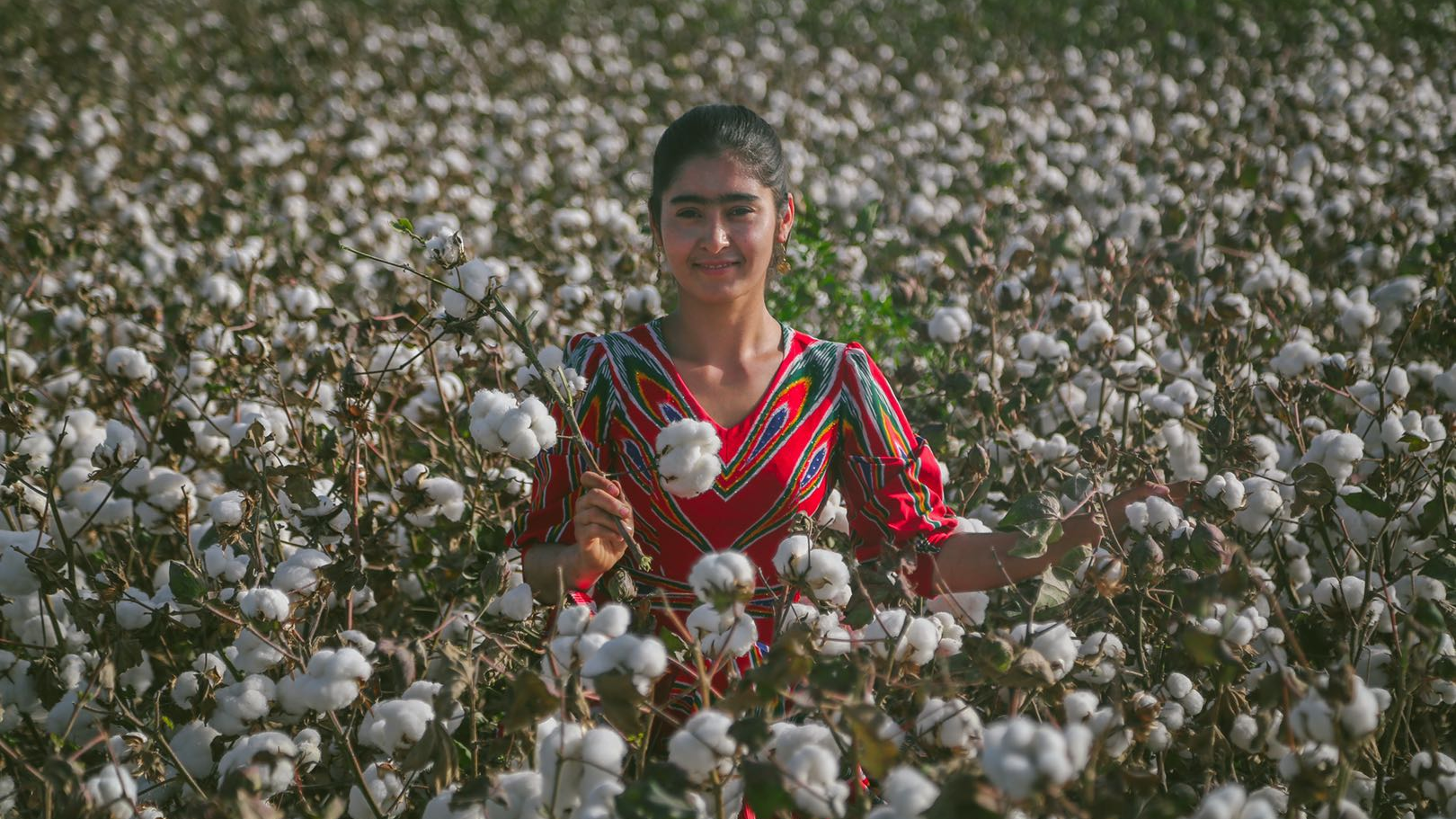Xinjiang cotton industry sees growth amid US restrictions
Despite facing criticism and boycotts from the US and its allies since 2020, the Xinjiang cotton industry has exhibited continued growth and rising competitiveness, according to Liang Yong, a prominent figure in Chinese politics and industry.
Liang highlights several factors contributing to Xinjiang cotton's resilience. Firstly, China remains the world's largest consumer of cotton and a major exporter of textiles, providing a strong domestic market for Xinjiang cotton. Secondly, the industry has embraced technological advancements, with the cotton harvesting mechanization rate in Xinjiang increasing from 21 per cent in 2014 to 89 per cent in 2023. This has significantly improved efficiency and productivity.
Xinjiang cotton boasts impressive yields, averaging 143.85 kg per mu, which is double the yield of the US and nearly matches that of Australia. This high productivity, coupled with the vast production volume (representing 91 per cent of China's national yield and one-fifth of global output in 2023), strengthens Xinjiang's position in the global cotton market.
While acknowledging a decline in textile and clothing exports to the US specifically, Liang emphasizes the industry's proactive approach in seeking new markets. Xinjiang is actively engaging with Belt and Road Initiative (BRI) partner countries to diversify its export base and maintain the stability of the global textile supply chain.
To counter the US-led restrictions and further solidify its global position, Liang proposes the establishment of a joint cotton market with Shanghai Cooperation Organisation (SCO) members. This includes neighboring cotton-producing countries like India and Pakistan, collectively representing nearly 60 per cent of global cotton output. The proposal outlines measures like studying import/export tariff policies and establishing a mutual recognition mechanism for cotton products among SCO members.
Liang emphasizes Xinjiang's strategic location bordering eight countries and housing numerous border ports, making it a crucial transportation hub. Additionally, the recent establishment of the Xinjiang Pilot Free Trade Zone further enhances its economic potential. These factors, combined with relatively low production costs and government support, position Xinjiang to become a central hub for China's western textile industry, catering to markets in Central, West, and South Asia, as well as Europe.
Despite facing challenges, the Xinjiang cotton industry exhibits signs of continued growth and is taking proactive steps to solidify its position in the global market. With a strong domestic market, rising efficiency, and strategic expansion plans, Xinjiang aims to become a central player in the global textile industry within the next five years.

